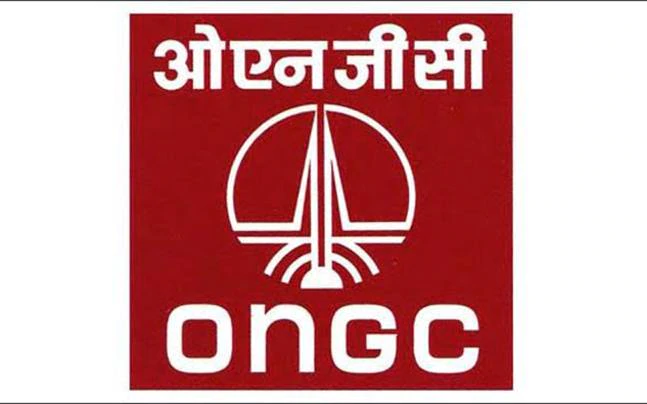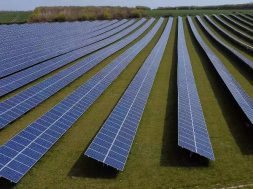
IIT-R, CSIR-NCL jointly develop dyes to increase efficiency of solar cells
Roorkee: Researchers from IIT Roorkee have developed organic dyes in collaboration with CSIR-NCL Pune that can increase efficiency of Dye-Sensitised Solar Cells (DSSC). The team of researchers led by M Sankar, Associate Professor, Department of Chemistry, IIT Roorkee, have worked to improve the photovoltaic conversion efficiencies of an organic dye called porphyry for DSSC applications. Their latest research results have been published in a journal of the American Chemical Society (ACS) called ACS Applied Energy Materials.
Solar cell technologies fall into three generations; the first and second generations comprise photovoltaic cells that use inorganic semiconducting materials such as single crystal silicon (Gen I) and thin film silicon and CdSe type semiconductors (Gen II). Inorganic semiconductors of both generations continue to be expensive and challenging for scale up.
The third generation, which is in the research stage, includes dye-sensitized solar cells or DSSC, which use a combination of cheap organic dyes and nanoparticles of titanium dioxide, to convert light into electricity. Although the cost of DSSC is much lower than the earlier generations of photovoltaic’s, their conversion efficiencies are also very low, necessitating further research into dyes used in such cells.
Porphyry is a complex organic molecule and is the building block of chlorophyll, the key chemical that allows plants to harvest light energy for photosynthesis. The first study on the use of porphyrins in DSSC dates back to 1993, in which, porphyrin containing copper, resulted in power conversion efficiencies of 2.6%, too low for practical applications. Since then, various modifications of porphyrin have been studied for use in DSSC. Zinc-containing porphyrins have been found promising and the research team at IIT Roorkee uses this type of porphyrin for its studies.
One way of improving the efficiency of the dye is to add molecular pendants or groups to it, which can result in a “push-pull” architecture that involves the shuttle of electrons released in the molecule. Such push-pull mechanisms also improve the absorption of light in the red and infrared regions, thereby increasing the efficiency of the dye in photo-electric conversions. For dye molecules like porphyrin, these functional groups are introduced through reactions that involve many complex steps and need expensive palladium and platinum-based catalysts. Compounds made by these reactions have low efficiencies.
Sankar and the research team have developed a process to produce functionalized porphyrins, without the use of platinum and palladium catalysts. “Our continuous efforts to develop simple, efficient, stable, and cost-effective sensitizers involving fewer synthetic steps have resulted in five porphyrin Zn(II) complexes with a power conversion efficiency ranging from 5.3% to 7.1%”, explains Sankar on the results that have been recently published in the ACS journal.














